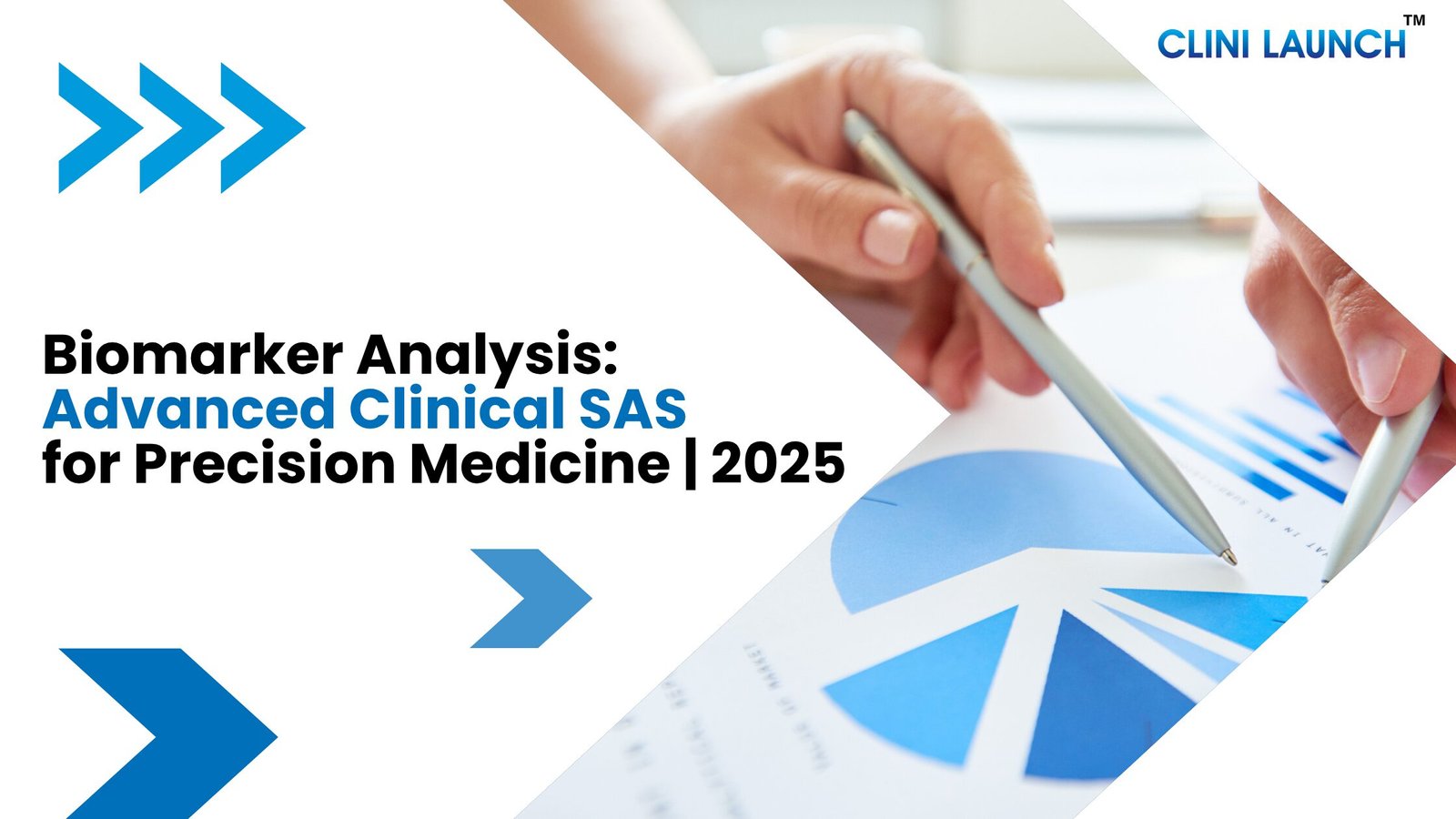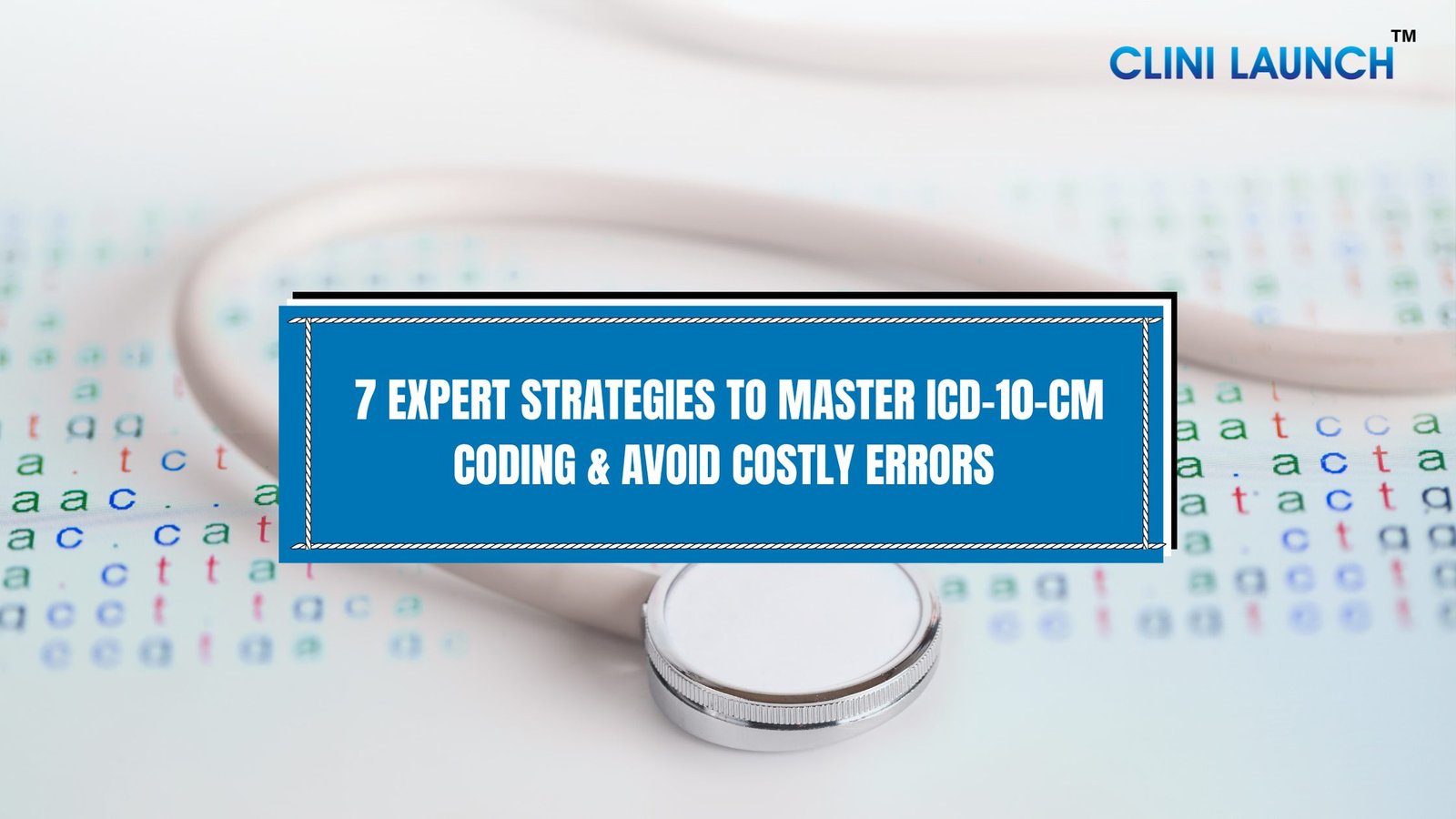Precise and accurate medical coding forms the bedrock of efficient billing, claims processing, and ultimately, a healthy revenue cycle in healthcare. While CPT (Current Procedural Terminology) codes meticulously detail medical procedures and physician services, there’s a vast realm of healthcare encounters that falls outside its scope.
This is where HCPCS Level II coding steps in, acting as an essential companion for coders, billers, and healthcare providers alike. From durable medical equipment to specialized supplies and services rendered in outpatient settings, mastering HCPCS Level II is not just about memorizing codes; it’s about understanding the language of reimbursement for a significant portion of healthcare delivery.
This deep dive into HCPCS Level II coding is designed for anyone navigating the curriculum of a medical coding course, offering a comprehensive overview of its structure, application, and critical importance. We will explore its role alongside CPT, analyze the intricacies of DMEPOS codes, illuminate the function of healthcare modifiers, and solve the complexities of outpatient services coding, all while highlighting its pivotal role in accurate medical billing.
Enroll Now: Medical Coding Course
What is HCPCS Level II and Why Does It Matter?
HCPCS, or the Healthcare Common Procedure Coding System, is a standardized coding system primarily used by Medicare and other health insurance programs to represent medical procedures, services, and supplies. It’s broadly divided into two main levels:
- HCPCS Level I (CPT Codes): Maintained by the American Medical Association (AMA), these codes describe medical, surgical, and diagnostic services provided by physicians and other healthcare professionals.
- HCPCS Level II Codes: Maintained by the Centers for Medicare & Medicaid Services (CMS), these codes primarily cover products, supplies, and services not included in CPT codes, such as ambulance services, durable medical equipment, prosthetics, orthotics, and supplies (DMEPOS), and certain drugs.
The existence of two distinct levels might seem unnecessary at first glance, but it’s a testament to the sheer breadth and diversity of healthcare services. CPT focuses on the what of physician services, while HCPCS Level II addresses the how and with what for a multitude of other crucial healthcare components. Without HCPCS Level II, accurate reimbursement for essential medical equipment, supplies, and non-physician services would be a chaotic and inconsistent endeavor, leading to significant financial challenges for both providers and patients.
For aspiring medical coders, a thorough understanding of HCPCS Level II coding is a must. It opens doors to specialization in areas like DMEPOS billing, ambulance services, and outpatient facility coding, all of which are vital components of the healthcare system.
Structure of HCPCS Level II Codes
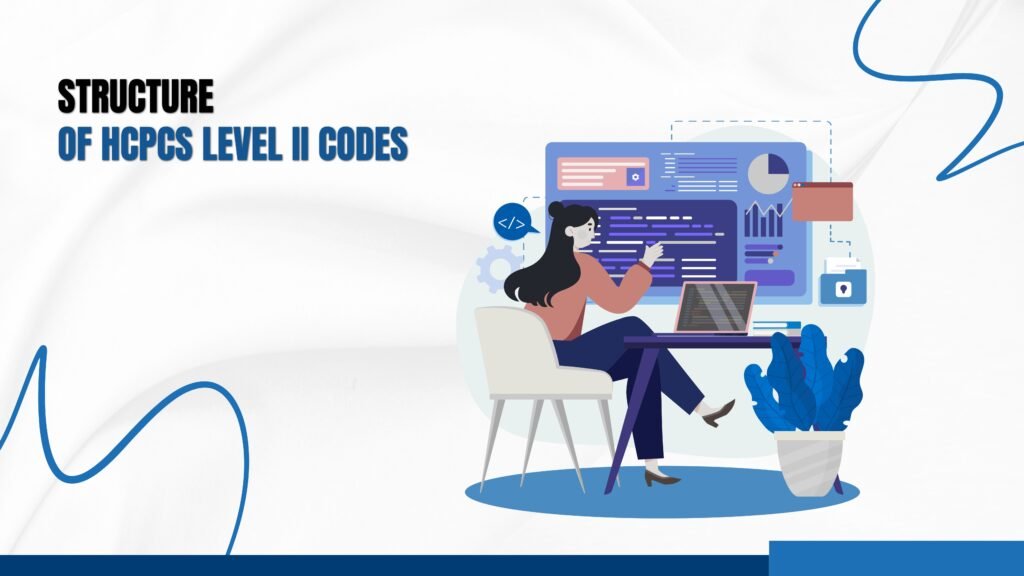
HCPCS Level II codes are five characters long, beginning with an alphabetical letter (A through V, excluding S) followed by four numerical digits. The initial letter generally categorizes the type of service or supply:
- A Codes: Ambulance services, medical and surgical supplies, and some administrative, miscellaneous, and investigational services.
- B Codes: Enteral and parenteral nutrition.
- C Codes: Outpatient PPS (Prospective Payment System) services. These are temporary codes established by CMS for use in hospital outpatient departments.
- D Codes: Dental procedures.
- E Codes: Durable Medical Equipment (DME).
- G Codes: Procedures/Professional services (temporary codes for services that may be later incorporated into CPT).
- H Codes: Alcohol and drug abuse treatment services.
- J Codes: Drugs administered other than oral method, chemotherapy drugs.
- K Codes: Temporary codes for durable medical equipment for regional carriers (DMERC) to use.
- L Codes: Orthotics and Prosthetics.
- M Codes: Medical services.
- P Codes: Pathology and laboratory services.
- Q Codes: Temporary codes for services, procedures, and supplies.
- R Codes: Diagnostic radiology services.
- S Codes: Temporary national codes (assigned by private payers, not by CMS).
- T Codes: State Medicaid agency codes.
- V Codes: Vision, hearing, and speech-language pathology services.
This structured categorization is crucial for efficient code look-up and ensures that services and supplies are consistently grouped for billing and analysis. Familiarity with these initial letters can significantly expedite the coding process and reduce errors.
Understanding DMEPOS Codes
One of the most significant applications of HCPCS Level II coding lies in the realm of DMEPOS codes (Durable Medical Equipment, Prosthetics, Orthotics, and Supplies). This category represents a vast array of items crucial for patient care, rehabilitation, and long-term health management.
Let’s break down each component:
- Durable Medical Equipment (DME): This refers to equipment that can withstand repeated use, is primarily used for medical purposes, is not useful to a person in the absence of illness or injury and is appropriate for use in the home. Examples include wheelchairs, oxygen equipment, hospital beds, and nebulizers. E-codes are predominantly used for DME. Proper documentation outlining medical necessity and the physician’s order is paramount for successful DME billing.
- Prosthetics: These are artificial devices that replace a missing body part lost due to trauma, disease, or congenital condition. Examples include artificial limbs (arms, legs) and artificial eyes. L-codes are frequently used for prosthetics.
- Orthotics: These are external devices used to support or correct deformities, improve function, or relieve pain. Examples include braces for the spine, knees, or ankles. L-codes are also used for orthotics.
- Supplies: This broad category encompasses a wide range of disposable or consumable items used in conjunction with medical care. Examples include wound care dressings, ostomy supplies, catheters, and diabetic supplies. A-codes are commonly used for medical and surgical supplies.
The accurate application of DMEPOS codes is critical for patients’ access to necessary equipment and supplies, as well as for providers to receive appropriate reimbursement. Misinterpretations or incorrect coding can lead to claim denials, delays in patient care, and financial strain for healthcare organizations. Coders must possess a deep understanding of the definitions of each category and consult relevant guidelines to ensure compliance.
The Role of Healthcare Modifiers
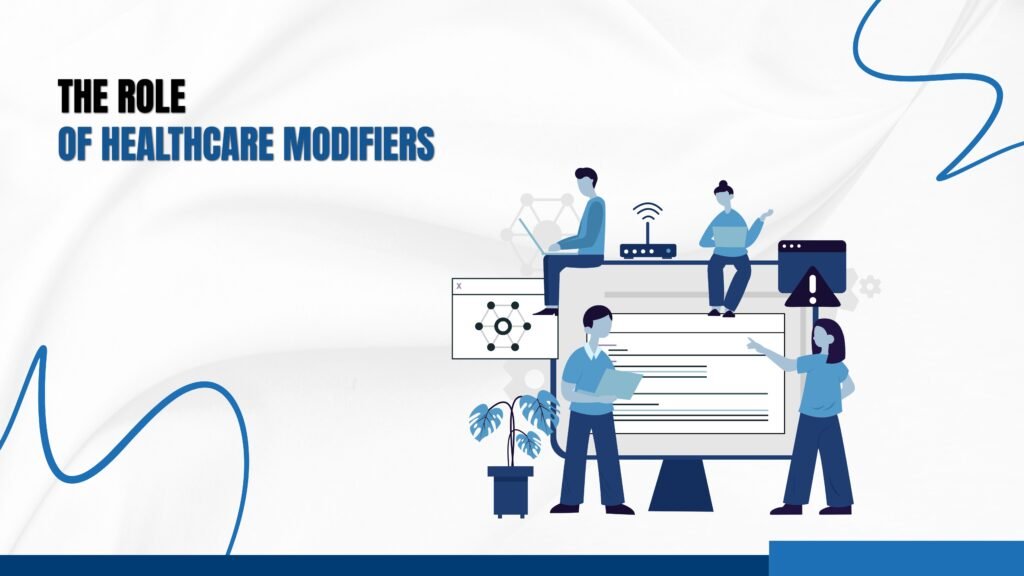
While a HCPCS Level II code identifies a specific service or supply, healthcare modifiers provide additional information about the service rendered, clarifying circumstances that may affect reimbursement. These two-character alphanumeric or numeric codes are appended to the HCPCS code. They can indicate:
- Anatomical Location: For example, -RT for right side, -LT for left side. This is crucial for procedures or supplies related to specific body parts.
- Service Provided by Different Professionals: For instance, -QM for ambulance service provided by a physician.
- Bilateral Procedures: Modifiers like -50 (for bilateral procedures, though typically a CPT modifier; the principle applies to certain HCPCS codes where applicable).
- Staged Procedures: Modifiers indicating a service is part of a multiple-stage procedure.
- Reporting Unlisted Procedures: Modifiers used with unlisted procedure codes to provide more detail.
- Usage Indicators: Modifiers indicating the use of a supply or equipment for a specific purpose (e.g., replacement or rental).
For example, if a patient receives an orthotic for their left knee, the orthotic HCPCS code would be appended with the -LT modifier. This seemingly small detail significantly impacts medical billing codes, ensuring that the payer understands the precise nature of the service and processes the claim correctly. Without the appropriate modifiers, even correctly assigned base codes can lead to denials or underpayment. Mastering the application of modifiers is a hallmark of an expert medical coder.
Outpatient Services Coding
While CPT codes primarily govern physician services, a significant portion of healthcare is delivered in outpatient settings, such as hospital outpatient departments, freestanding clinics, and ambulatory surgical centers. Outpatient services coding for these facilities often involves a blend of CPT and HCPCS Level II codes.
Here’s how HCPCS Level II coding plays a vital role in outpatient settings:
- Facility Charges: HCPCS Level II codes, particularly C-codes, are used for certain services provided in hospital outpatient departments under the Outpatient Prospective Payment System (OPPS). These temporary codes are designed to capture services that are new or that do not have a corresponding CPT code.
- Drugs and Biologicals: Many drugs administered in outpatient settings that are not self-administered by the patient are coded using J-codes. This includes chemotherapy drugs, injections, and other therapeutic agents. Accurate J-code assignment is crucial for drug reimbursement.
- Supplies and Equipment: As discussed, DMEPOS codes are extensively used for supplies and equipment provided to patients in outpatient settings, whether for immediate use or for take-home.
- Ambulance Services: If a patient is transported via ambulance to or from an outpatient facility, ambulance services are coded using A-codes.
- Preventive Services: Some preventive services that don’t have specific CPT codes might be covered by HCPCS Level II codes, especially for Medicare beneficiaries.
The complexity of outpatient services coding stems from the need to accurately capture all services and supplies provided during a patient encounter, adhering to payer-specific guidelines and regulations. For instance, billing for a drug administered in an outpatient clinic requires not only the correct J-code but also the appropriate dosage and administration units, all of which are critical for medical billing codes.
Medical Billing Codes
The goal of all medical coding is to translate healthcare services into standardized medical billing codes that facilitate reimbursement. HCPCS Level II codes are an integral part of this process. When a claim is submitted to an insurance payer, it includes CPT codes for procedures, ICD-10-CM codes for diagnoses, and often, HCPCS Level II codes for supplies, drugs, or other services.
Consider a scenario where a patient with a fractured ankle receives a custom-fitted ankle brace in an outpatient clinic. The claim would likely include:
- ICD-10-CM code: For the fractured ankle (e.g., S82.8XXA).
- CPT code: For the physician’s evaluation and management (E/M) service.
- HCPCS Level II code: For the ankle brace (an L-code, an orthotic), potentially with an anatomical modifier (e.g., -RT or –LT).
Each of these codes tells a part of the patient’s story from a billing perspective. The absence or inaccuracy of any one of these codes can lead to a denial of the correct sentence. Payers use sophisticated adjudication systems that check for medical necessity, coding accuracy, and compliance with their specific policies. Therefore, a deep understanding of how HCPCS Level II codes integrate with the broader medical billing codes landscape is paramount for successful claims submission and revenue capture.
The Dynamic Nature of HCPCS Level II
HCPCS Level II codes are updated more frequently, often on a quarterly basis. This dynamic nature necessitates continuous learning and vigilance for medical coders. New codes are introduced, existing codes are revised, and some are deleted to reflect advancements in medical technology, new services, and changes in CMS policies.
Resources for staying current include:
- CMS Website: The official source for HCPCS Level II updates, including quarterly files and transmittals.
- HCPCS Level II Code Books: Published annually by various coding organizations, these books compile the codes and provide valuable guidelines.
- Coding Newsletters and Publications: Industry publications and professional organizations often provide summaries of key changes.
- Professional Development Courses: Reputable training programs offer updated curricula and continuing education opportunities.
Ignoring these updates can lead to significant coding errors, claim denials, and compliance issues. For example, using an outdated DMEPOS code for a piece of equipment could result in a denial, even if the service was medically necessary. The commitment to continuous learning is a defining characteristic of a successful medical coder specializing in HCPCS Level II coding.
Best Practices for Accurate HCPCS Level II Coding
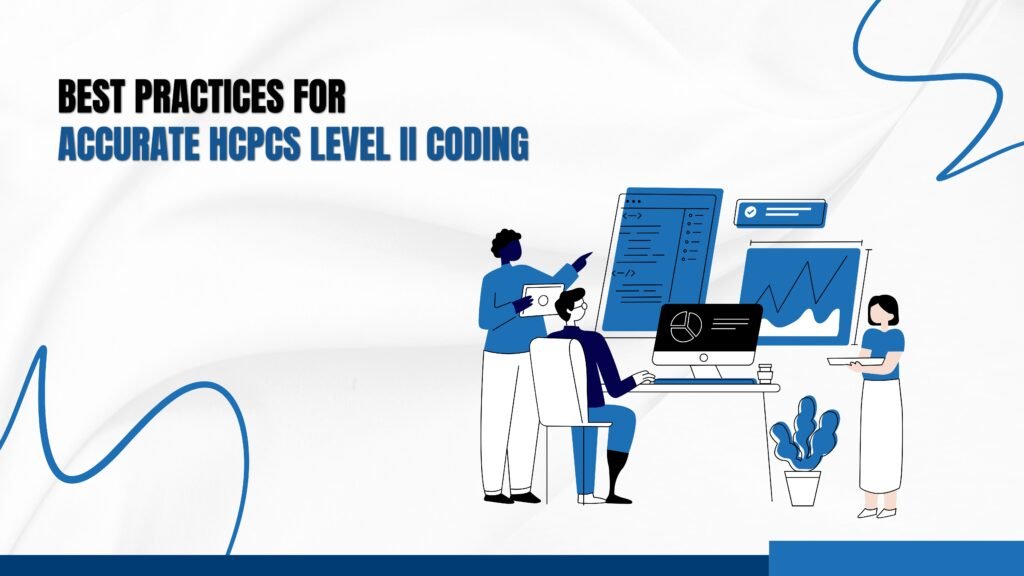
To ensure accuracy and optimize the revenue cycle, consider these best practices:
- Thorough Documentation Review: The code assignment must always be supported by comprehensive and legible medical record documentation. For DMEPOS codes, this means detailed physician orders, certificates of medical necessity, and progress notes. For outpatient services coding, it implies clear documentation of all services, supplies, and drugs administered.
- Understand Payer-Specific Policies: While HCPCS Level II codes are standardized, individual payers may have their own medical policies and coverage criteria for certain services or supplies. Always consult payer guidelines, especially for frequently billed items.
- Proper Modifier Application: As highlighted, modifiers are critical. Understand the purpose of each modifier and apply them judiciously and accurately to provide a complete picture of the service.
- Unit Reporting Accuracy: For items like drugs (J-codes) or certain supplies, reporting the correct number of units is as important as the code itself. Misreporting units can lead to significant under- or over-reimbursement.
- Utilize Coding Software and Resources: Modern coding software often includes built-in edits and prompts to help identify potential errors. Reference tools, coding manuals, and online databases are invaluable.
- Seek Clarification When Needed: If documentation is unclear or incomplete, query the provider for additional information. Never guess the code.
- Regular Audits: Conduct internal audits of coded claims to identify patterns of error and implement corrective actions. This proactive approach can prevent significant compliance issues down the line.
Final Thoughts
Mastering HCPCS Level II coding is far more than an academic exercise; it’s a practical skill that underpins the financial health of healthcare organizations and ensures patients receive the care and supplies they need. From accurately applying DMEPOS codes for essential equipment to skillfully navigating outpatient services coding with precision and applying healthcare modifiers to convey critical details, your proficiency in this area will set you apart.
The demand for skilled medical coders who understand the nuances of HCPCS Level II coding and its impact on medical billing codes continues to grow. As healthcare delivery models evolve, so does the complexity of coding and reimbursement. By investing in comprehensive training and committing to continuous learning, you position yourself as an invaluable asset in the healthcare industry.
Are you ready to take your medical coding expertise to the next level?
CliniLaunch offers a comprehensive and up-to-date medical coding curriculum designed to equip you with the in-depth knowledge and practical skills necessary to excel in this dynamic field. Our expert-led courses cover every aspect of medical coding, including a thorough mastery of HCPCS Level II coding, DMEPOS codes, healthcare modifiers, and outpatient services coding, ensuring you are fully prepared for certification and a successful career.
Visit CliniLaunch today to explore our programs and embark on your journey toward becoming a certified medical coding professional. Don’t just learn codes; understand the language of healthcare and unlock your potential.




